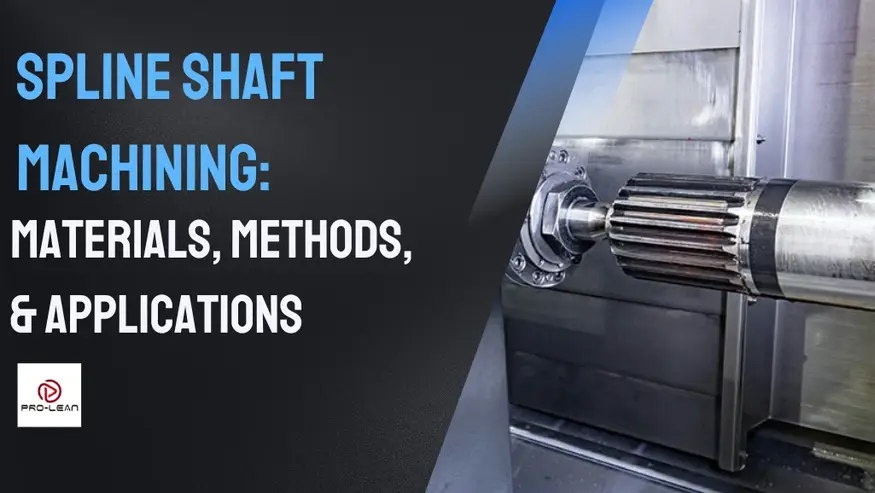
Spline shaft machining
Spline shafts are everywhere – Propulsion systems, general machinery, drivetrains, and so forth. With teeth machined along the length, this shaft engages easily with other components to transmit torque and motion.
Basic as it may sound, a spline shaft results from high-level engineering design and spline manufacturing that considers power, raw material, machining technique, and longevity, among many other factors.
Not all spline shaft machining services providers do it right, something we can prove from the premature failures of some spline shafts. ProleanTech, with excellence at all stages of manufacture, delivers high-quality spline shafts that stand the test of time.
In this post, we share insights into spline shaft machining, hoping you can appreciate the secrets to producing reliable shafts.
What Is A Splined Shaft?
A spline shaft is a mechanical component with teeth or ridges running along its length. It is designed that way to engage with other components to transmit torque and allow radial movement. The “splines” can be internal or external, or rather internal splines or external splines.
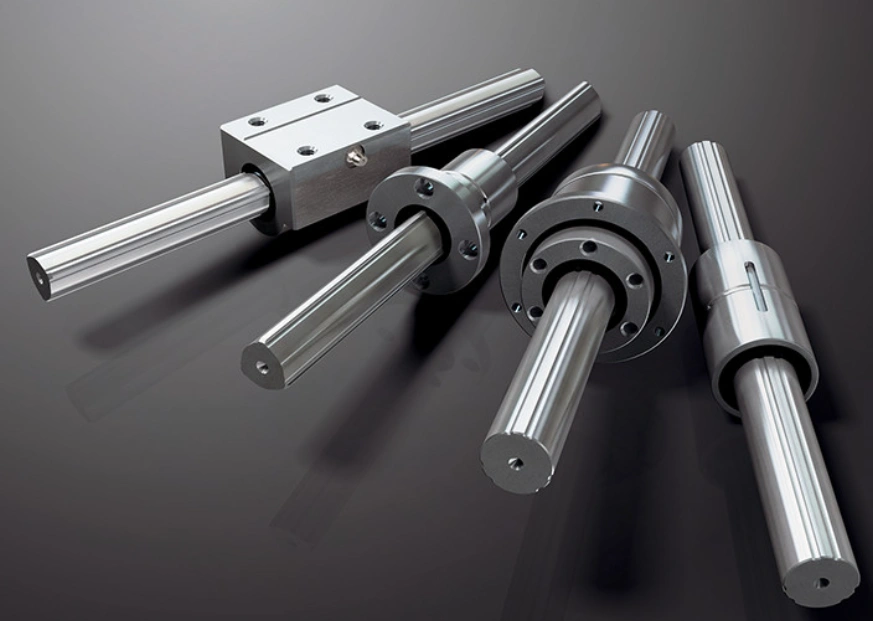
Spline shafts
The components including splines on shaft can be produced by different methods, chiefly CNC machining, extrusion, and rolling. The range of machinery involved is wide, from simple external spline cutting tools to advanced milling machines.
As for the material, strength is critical because of the transmission forces. That gives materials such as steels a headway.
The shape, size, and depth of the splines can be varied based on the application. That speaks of the versatility of this component.
What Are The Functions Of A Spline Shaft?
The design of the spline shaft allows for flawless connection with corresponding components with meshing teeth. This gives the component several functions in different systems namely torque transmission, load distribution, alignment, and enhancing system longevity.
Torque Transmission
Spine shafts are very effective in torque transfer. Plain shafts cannot match their reliability in these applications. The interlocking surfaces created by the splines increase the contact surface area for efficient power transfer.
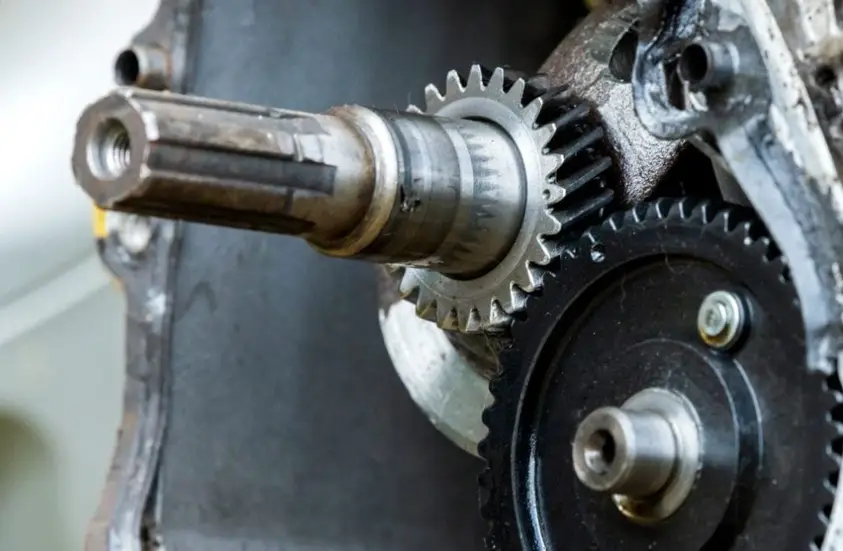
Spline shaft for torque transfer
This function is instrumental in drivetrains and other applications where substantial torques must be transmitted.
Load Distribution
This function refers to the capability of the spline shaft to enhance the sharing of forces across different contact surfaces. The surfaces in this context are for the shaft itself and the mating component. This is important for torque transfer with splined gear hubs and related components.
Alignment
The meshing of a shaft and other components should have the correct or designed angular positioning. The spline shaft is designed to align and position the mating component.
For many systems, this alignment affects the safety and reliability of the shafts. Consider shafts meshing in aircraft; the better the alignment, the smoother the operation and the safer the equipment.
Try Prolean Now!
Different Types Of Spline Shafts For You
There are many types of spline shafts, each designed to fit a specific application. Common ones are serrated splines, helical splines, parallel splines, and involute splines. Each of these designs has its pros and cons, which ProleanTech can help identify and decide on before selecting.
Here are more details about a few of these categories:
Parallel Splines
These types of spline shafts are characterized by teeth that run parallel along the shaft axis. These splines are simple to manufacture, but may not handle misalignment as effectively as other designs.
Pros:
- Relatively simple to produce
- Reliable torque transmission
Cons:
- Wears quickly when overloaded
Involute Splines
These happen to be the most popular types of spline shafts. They feature an involute tooth profile that promotes flawless engagement/disengagment and assembly/disassembly with the mating component.
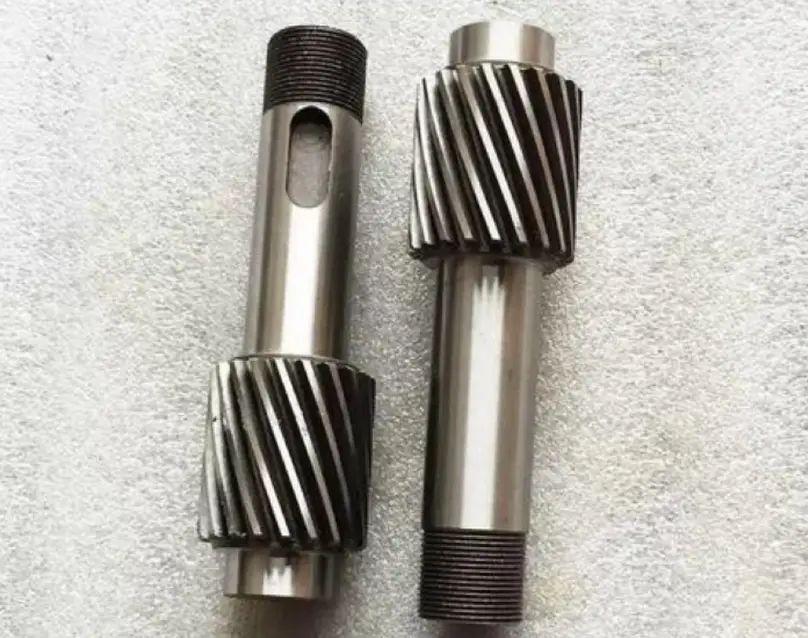
Involute spline shafts
Because of efficient torque transmission, the splines are ideal for industrial and automotive setups.
|
Consider asking for https://proleantech.com/swiss-cnc-machining/ for complex spline shaft machining such as this one. Pros:
Cons:
|
Square Splines
These spline shafts have characteristic square teeth whose sturdiness is necessary for transmission of high torques. Square spline shafts are common in large machinery where transmission of monumental torque is required.
Pros:
- Relatively easy to machine
- Supports moderate loads very well
Cons:
- Have imperfect load distribution
Round Splines
As the name suggests, round splines have a round profile. They are common in torque transmissions that require room for some misalignment or flexibility. While their power capability may be a little bit subdued, they are very reliable in providing smooth rotation.
Pros:
- Smooth – minimal wear
- Easy to machine with common tools
- Easy to align
Cons:
- Torque transmission is poor
Main Materials For Spline Shafts You Can Use
The best spline shafts are manufactured from strong and sturdy materials to avoid teeth deformation over time and transmit torque efficiently. Several materials fit this requirement.
We highlight here stainless steel, titanium, steel alloys, and aluminum alloys for their suitability in different ways. These are just some of the materials ProleanTech uses, considering we have processed over 100 material types over time.
Stainless Steel Spline Shaft
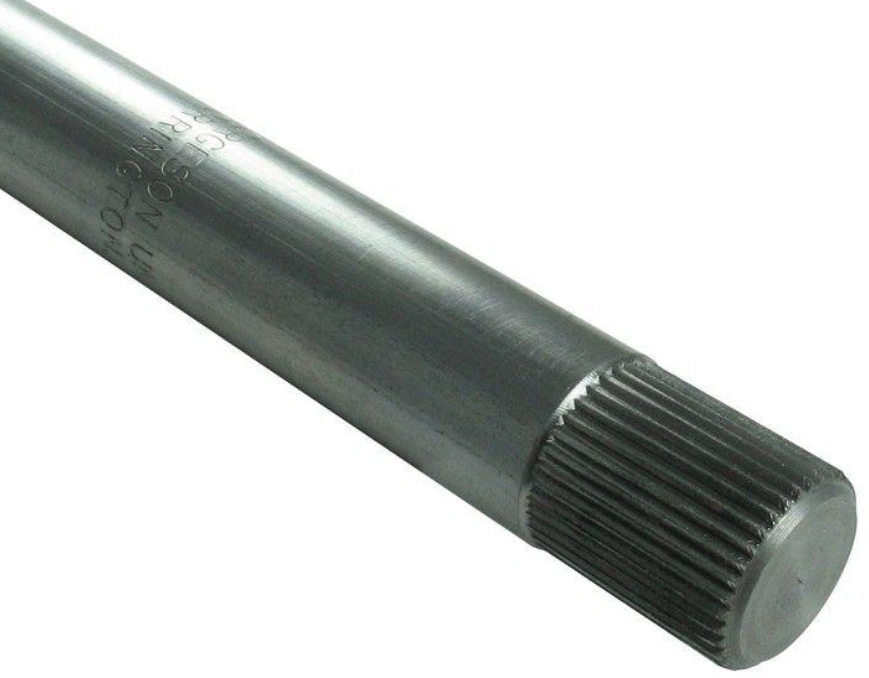
Stainless steel splined shaft
Stainless steel, with its chromium addition, makes a perfect material for spline metal where corrosion resistance is a priority. The material is also strong and corrosion resistant, so it suits the shaft for demanding and rough applications.
Carbon Steel Spline Shaft
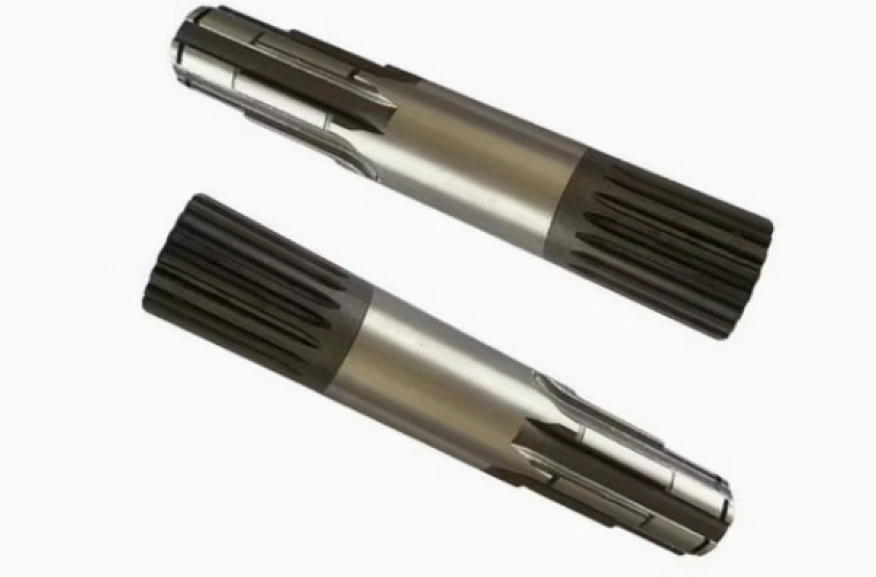
Carbon steel spline shafts
Carbon steel is a common spline metal in shaft manufacturing. The material is renowned for malleability – the capability to be formed into sheets. In spline shaft applications, carbon steel is ideal for withstand high torques. Furthermore, it tends to be more affordable than many alternatives
Aluminum Alloy Spline Shaft
The biggest selling point for aluminum is low weight and corrosion resistance. It would be a preferable spline shaft material for applications where minimal weight is required, for instance, in automotive and aerospace projects.
Provided the torque requirement is manageable, aluminum alloys are worth the investment. Some transmission shafts in this industry may require tapering, so these insights can help: What is Taper Turning? Methods and Advantages.
Plastic Spline Shaft
Some specialized projects work excellently with plastic spline shafts instead of spline metal. Options that immediately come to mind include UHMWPE (ultra-high-molecular-weight polyethylene) and PEEK (polyetheretherketone).
Plastic shafts provide several benefits including low weight, corrosion resistance, and low friction, which are necessary in semiconductor and medical fields.
Bronze Spline Shaft
Bronze is another good shaft for specialized applications where self lubrication is key. The material is also resistant to abrasion and high loads. For these reasons, you can consider its spline shafts where bushings and gears are involved.
Try Prolean Now!
Your Options For Machining Processes For Spline Shafts
If you are wondering how spline shafts are manufactured, this section gives an overview. You can also get in contact with ProleanTech experts to learn more about the following and other machining processes.
Spline manufacturing involves different machining processes namely broaching, hobbing, milling, and shaping.
Broaching For Spline Shafts
Broaching is a process of using a special multi-tooth tool called a broach to remove material from a shaft.
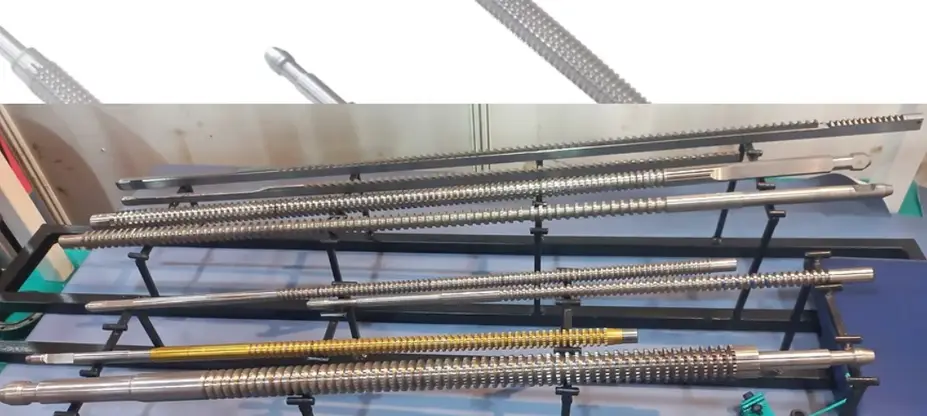
Spline broaches
It is a relatively expensive process, but may be preferred because of producing precise grooves. The process is also faster and suits a broad range of materials.
Pros:
- Highly precise
- Excellent surface finish
- Good for high volumes
Cons:
- Expensive tooling
- Not versatile – separate tooling needed for each profile and size
Hobbing For Spline Shafts
Hobbing is synonymous with gear-making, so it is unsurprising it also applies for spline-making. The process features a cylindrical cutting tool called gear hob, which is covered by tooth rings whose involute shape matches the envisaged splines.
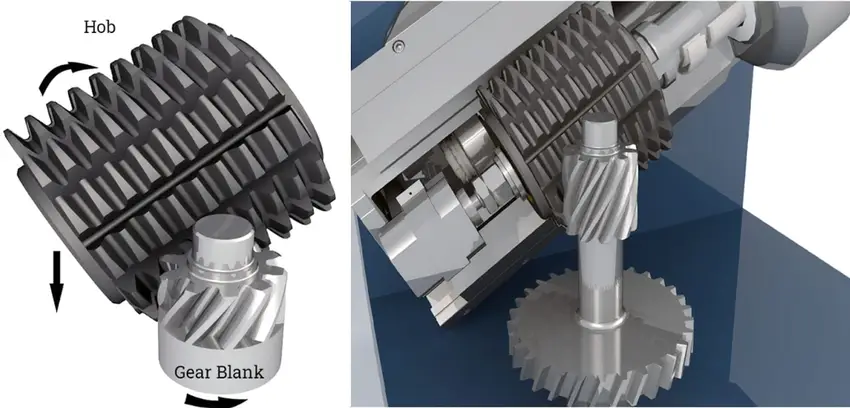
Gear hobbing technique for spline manufacturing
The gear hob is perpendicular to the shaft being machined. As the shaft rotates, the hob is fed along the cutting plane. The required spline profile is achieved after successive machining from the teeth of the hob.
Pros:
- Ideal for external splines
- Very versatile technique
- A relatively fast method
Cons:
- Doesn’t support internal spline machining
- Tool susceptible to fast wear
Milling Spline Shafts
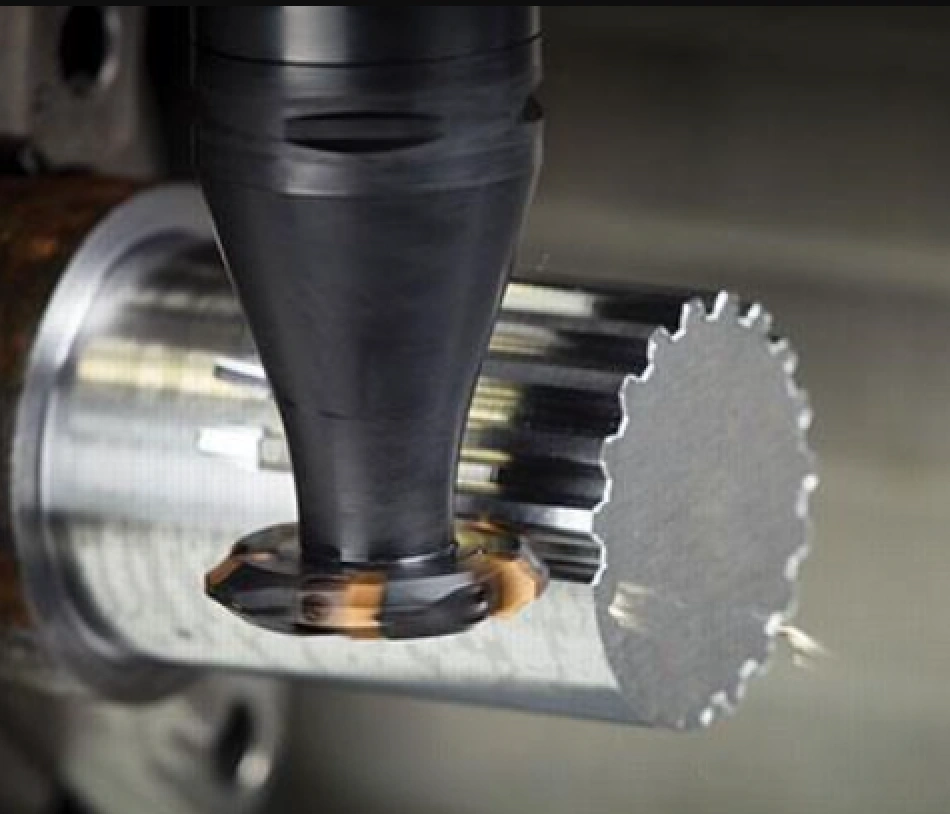
Spline shaft milling
CNC milling is also a popular technique for spline shaft machining. Learn more about the process through this comparison of CNC Milling vs CNC Turning.
This is the basic process:
- The milling machine’s indexing fixture holds the shaft firmly
- Side milling cutters are fixed to the arbor. Shims and a spacer are also used.
- The arbor is fixed to the milling machine spindle and positioned over the shaft.
- Straddle milling process is used to generate splines on the shaft.
- The number of passes depends on the size of teeth and the depth of splines needed.
Note that often, the shaft needs to be produced first. This is where CNC turning operations come in.
For more on this and how it compares to Swiss machining, read this: Swiss Turning vs CNC Turning and Precision Turning: Operation, Benefits, & Applications.
Pros:
- Ideal for custom solutions
- Allows for accurate process control
- Ideal for both external and internal splines
Cons:
- Not the best for large volumes
- Relatively complex, especially the setup
Shaping Spline Shafts
Shaping entails a single-point cutting tool removing material from the shaft layer by layer, spline by spline, until the final product is attained.
Pros:
- Excellent for internal splines
- Tooling cost is generally manageable
- Supports symmetrical spline profiles
Cons:
- Relatively slow
- Surface finish needs refining
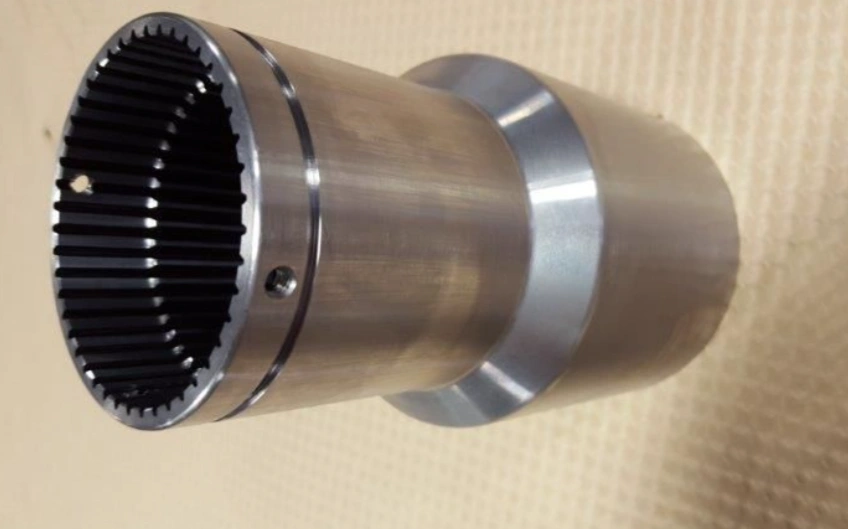
Internal splines
Top Applications Of Spline Shafts To Consider
Spline shafts are used in many places for torque transfer. The following are notable applications of transmission spline shaft that experience the power of CNC turning in modern manufacturing:
-
Consumer Equipment
Spline shafts and couplings are widely used in consumer equipment such as bicycles and vehicles. These products have several systems that involve torque transfer, hence the need for spline shaft machining services for this industry.
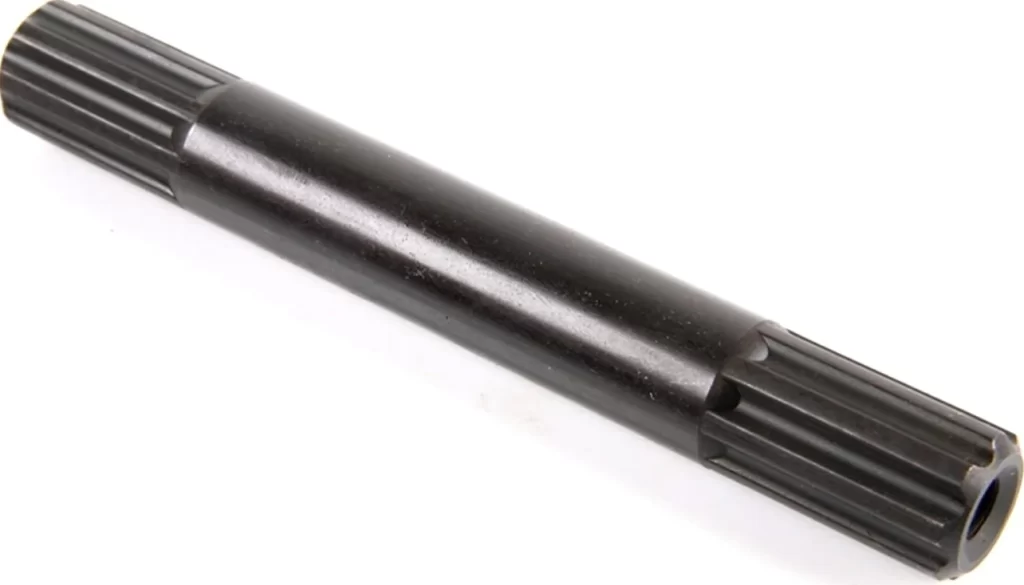
Spline shaft for bicycle
-
Heavy Machinery
Many types of heavy machines rely on transmission spline shafts for torque transmission across systems. These shafts are preferable for their capability to deliver substantial torque in earthmovers, heavy vehicles, aeroplanes, and many other sizable machinery.
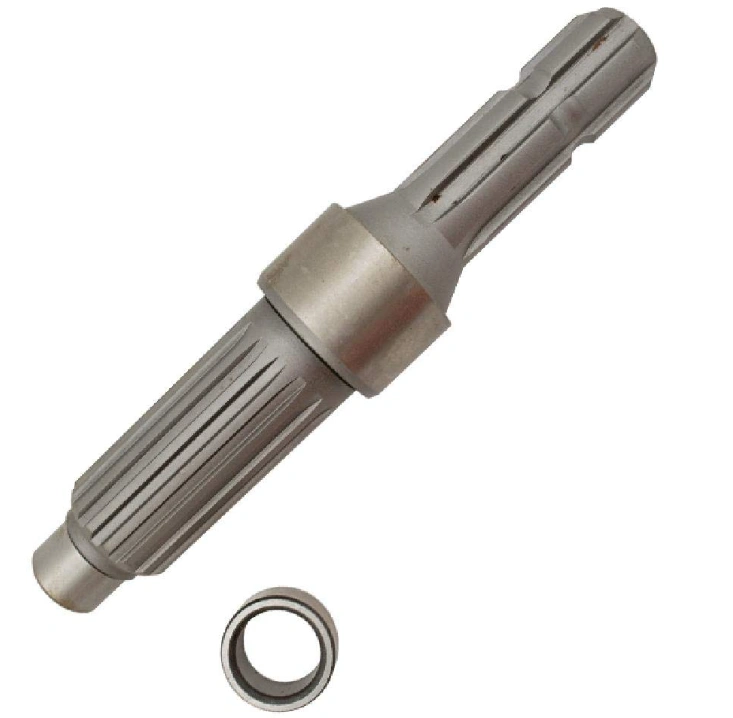
Spline shaft for tractor
-
Industrial Applications
You will also find different spline types in industrial systems. Power tools, healthcare, defense, and energy are among the most popular users of spline shaft machining services.
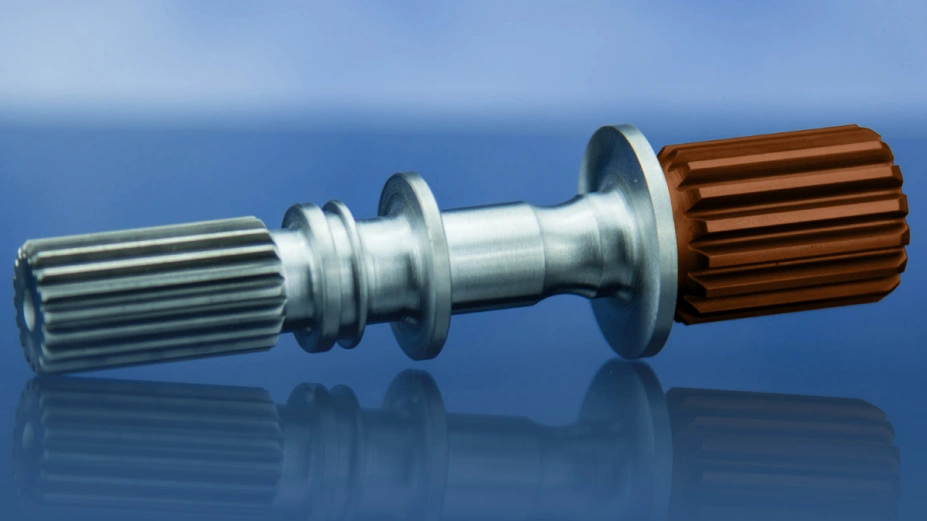
A military grade splined shaft
Those in healthcare may be drawn to the term ‘spline optical elements’. These should not be confused with the mechanical features discussed in this article because they are optical and they are related to light control.
Customization Of Spline Shafts: The Factors To Consider
Custom spline shaft manufacturing is available at ProleanTech. The quality of this service is unmatched because the team knows the basics: Working hand-in-hand with the customer to understand requirements.
For the best custom spline shaft manufacturing, here are some of the factors be considered:
The Type Of Material
There are different materials to choose depending on aspects such as cost, machinability, and durability.
The Amount Of Torque
Some applications requre peak torque transmissions while others are for balanced transmission.
The Type Of Spline
The nature and amount of torque informs the type of spline machined on the shaft.
The Machining Quality Level – Tolerance
Each spline shaft machining project must adhere to particular tolerance requirements. Standards used include AGMA and ISO 4156.
The Production Volume
The machining method used depends on production volume. While CNC milling supports low volumes, broaching is excellent for high volumes.
In Conclusion
Spline shafts are some of the irreplaceable components in many mechanical systems of varying sizes. Armed with the knowledge shared here on materials, designs, and applications of these shafts, you no longer have to dilly-dally when sourcing spline shaft manufacturers.
ProleanTech concentrates on CNC machining solutions for diverse clients, using virtually any applicable material, backed by years of experience and world-class equipment. You can’t get our level of Swiss Turning Service anywhere else!
Reach the team today to get your quote.
FAQs
What Is Splined?
Splined in the context of this article refers to a shaft that has teeth or grooves for meshing with a corresponding component.
What Is Spline Machining?
Spline machining is the process of using special tools and machines to create grooves or teeth on a shaft.
How Do You Manufacture A Spline Shaft?
You manufacture a spline shaft by subjecting a standard shaft to processes such as broaching, milling, shaping, and hobbing.
How Are Splines Cut On A Shaft?
There are special techniques of cutting splines on a shaft namely broaching, milling, shaping, and hobbing.
How To Machine An External Spline?
Machining an external spline entails cutting groove on the outer surface of a shaft using milling, broaching, and other methods.
What Tool Is Used To Cut Splines?
Specialized tools such as shaping tools and gear hobs are used to cut splines.
What Is The Purpose Of A Spline Shaft?
Some functions of a spline shaft are torque transmission, providing alignment, and distributing the load.
What Is The Best Material For A Spline Shaft?
The best material for a spline shaft will depend on the particular application. For instance, if you are solely focused on torque transfer, carbon steel and alloy steel are the best materials.
What Is The Manufacturing Method Of Shafts?
Several processes are involved in shaft manufacturing, starting with CNC turning. Others are CNC milling and heat treatment. Surface finish services may also be involved.

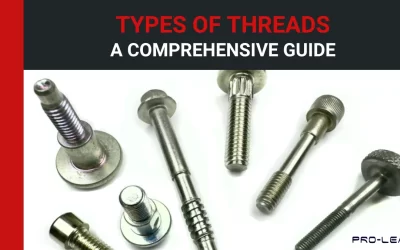
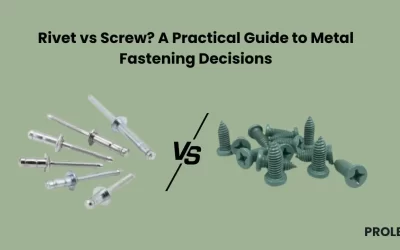
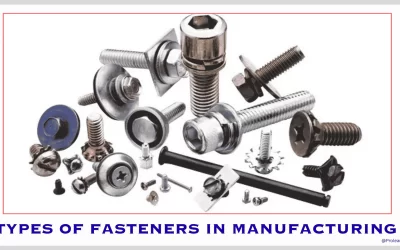
0 Comments